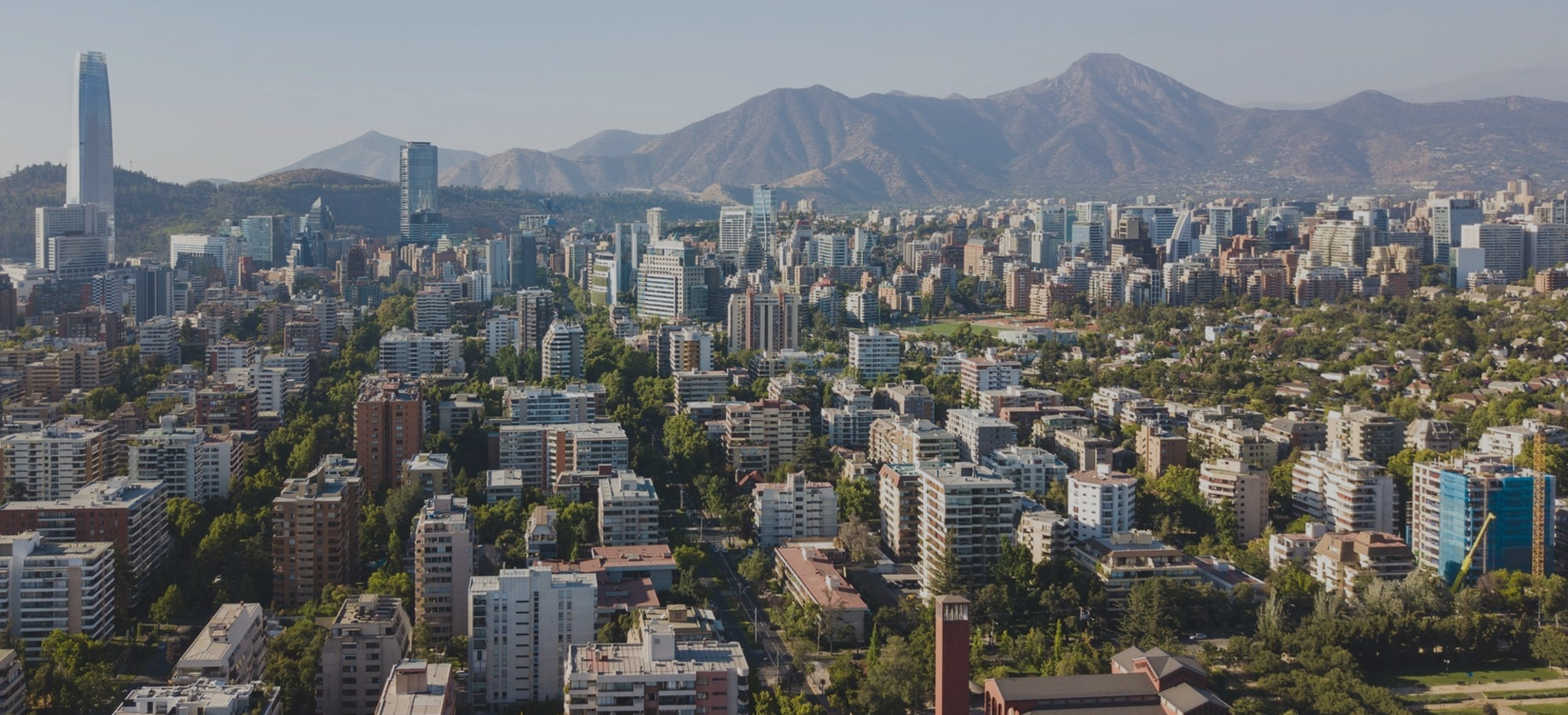
Latin perspectives: Working together to achieve a green future
There are a lot of things happening in the world right now. In the energy industry, the hot topic is, of course, the green transition. There is a big movement globally to replace fossil fuels with alternative, renewable energy forms. Chile, my home country, started the transition to green energy some years later than Europe […]
There are a lot of things happening in the world right now. In the energy industry, the hot topic is, of course, the green transition. There is a big movement globally to replace fossil fuels with alternative, renewable energy forms.
Chile, my home country, started the transition to green energy some years later than Europe but did it fast, and completely without subsidies. Chile has one of the highest solar irradiance in the world. In 2020, the energy generated by non-conventional renewable sources represented 342% of the mandatory quote imposed by the government, demonstrating the advance of renewable energies in comparison with government objectives.
In May 2022, the Electrical coordinator, an independent institution, announced a plan to achieve a 100% renewable electrical system by 2030 and to shut down coal-fired plants by 2032. Currently, the installed capacity of non-conventional renewable energy stands at 32,8% of total energy supply.
At the same time, more international investors are turning to us than ever before. Five years ago, there were only a few players on the market. Today many big international actors, who once considered these projects too small, are now buying projects and raising prices. They are fighting each other for megawatts of green energy to add to their portfolios. Also, the next ample opportunity, hydrogen, is starting to be a game between the big players.
It is clear that to achieve a green future, we need to replace old energy forms with renewable energy. This naturally requires massive amounts of money. Unfortunately, local developers do not always have access to the necessary funds to develop their projects. Korkia’s co-development model solves this problem.
We develop renewable energy assets in a joint venture effort with local developers allowing them to focus on the development and not to worry about financing. We want to work together in project development, sell the projects to energy companies at the ready-to-build phase and share profits between all parties. This model accelerates the development of projects, making our investments significantly impact the local market.
My big vision for the energy markets is green. As the market has developed rapidly in previous years, it will soon arrive at a point where energy prices will pay for storage. I believe hydrogen production will be centered where energy is produced and transported worldwide as oil is now. I am confident that Chile is well equipped for the green future – with local expertise at the forefront.
Rodrigo Ackermann
Latin America Vice President, Korkia